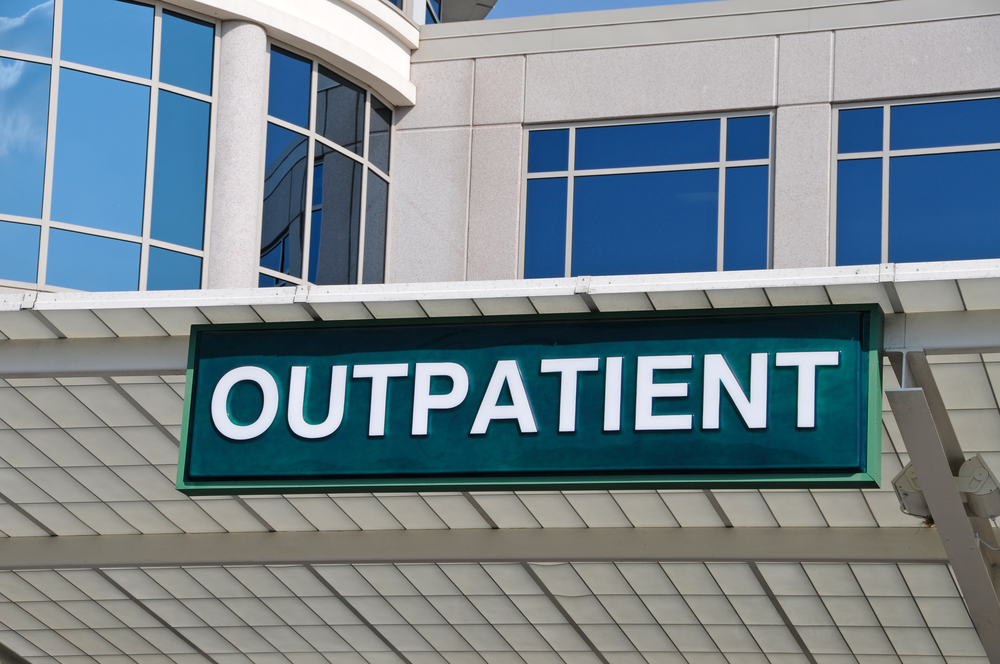There’s a new article in Health Affairs about “site neutral” payments that could change everything for hospital-based outpatient departments – and by that, I mean, possibly end them. However, I have been wrong about this threat for more than a decade – which means it’s not time to panic even if it is time to pay attention.
If you have been in the field of wound care for more than 25 years, you know that the HOPD (Hospital Outpatient Department) was created in 2000 through the Outpatient Prospective Payment System (OPPS). While this is a bad analogy, as a “provider-based setting,” the HOPD is a doctor’s office run by a hospital. The original idea was that patients who were too sick/complex to be treated in a typical doctor’s office – but not sick enough to require hospital admission — could be treated by an advanced practitioner in an outpatient setting. The doctor had to be physically present for service to be provided (direct supervision). This was the advent of the outpatient wound center. In the beginning, wound and hyperbaric centers were usually located inside the hospital. They treated inpatients when needed and often had 24/7 emergency services. Over the years, the rules around HOPDs were gradually ignored with many offering services delivered by nurses with no advanced practitioner in sight. (In 2016, this was the focus of an investigation by the Office of the Inspector General (OIG). Many hospital-based wound centers became little more than costly dressing change centers, and as managed wound centers became common, programs were moved into office buildings with “banker’s hours,” which is one reason that emergency hyperbaric services are now extremely hard to find. I will quickly point out that in recent years, there has been a dramatic shift in the way that wound care services (and even hyperbaric services) are delivered. Potential profits from the use of “skin substitutes” which are available only in the office-based setting, have caused a dramatic shift in wound care services away from the HOPD.
Meanwhile, over the past 25 years, something very different happened to other service lines. Hospitals began to buy busy physician practices and (without changing any of the offered services), reclassify them as hospital-outpatient departments in order to charge the “facility fees” that Medicare pays for hospital overhead. While this revenue helped compensate for the steady decline in Medicare payments on the inpatient side, it meant that the same outpatient services became more expensive because now in addition to the physician payment, Medicare was paying hospital fees. The result has been a dramatic increase in Medicare costs (and patient co-pays). As a result, in 2023, Medicare spent more than $65 billion on services paid under OPPS, and beneficiaries paid an additional $14.1 billion in copays.
For years, Congress and the Centers for Medicare and Medicaid services (CMS) have toyed with the idea of undoing OPPOS through “site neutrality.” The first step was to pay “off-campus” HOPDs only half of the rate for “on-campus” programs. Since at least 2013, various methods have been proposed to get rid of the differential payment between the doctor’s office and the HOPD. No matter how it is implemented, site-neutral payments would lower hospital revenues and probably lead to the closure of many hospital-based wound and hyperbaric centers. The article in Health Affairs estimates that some version of site neutrality could cut Medicare spending on services by $212 million to $7.36 billion, depending on the policy implemented. The article sates that, “Policy makers face critical choices about which services and providers to target using site-neutral payment policy.” Now may be the time for academic programs and large hospital systems that still provide needed emergency hyperbaric services to start contacting their congressmen about protecting hyperbaric services that offer 24/7 care from site neutrality plans. As hospital-based outpatient services contract, maybe there’s an opportunity for programs offering emergency hyperbaric services to differentiate themselves in the eyes of Congress.

Dr. Fife is a world renowned wound care physician dedicated to improving patient outcomes through quality driven care. Please visit my blog at CarolineFifeMD.com and my Youtube channel at https://www.youtube.com/c/carolinefifemd/videos
The opinions, comments, and content expressed or implied in my statements are solely my own and do not necessarily reflect the position or views of Intellicure or any of the boards on which I serve.



